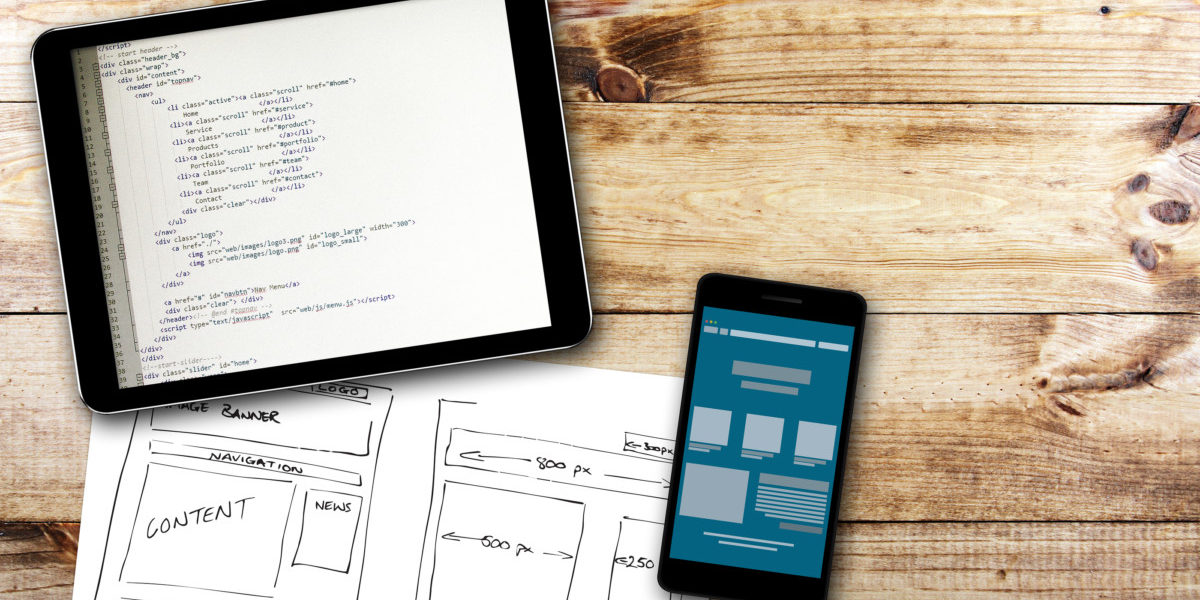Despite the boom in online marketing, brochures are still an effective way to market your product or service. In this post, I will share with you five tips for creating a winning sales brochure.
1. Focus your message.
Aim for “one message” only. Don’t try to do too many things in one brochure. Identify one key objective, and then target all your writing towards this message.
Ask yourself the following question:
What am I trying to achieve with this brochure?
For example, are you aiming to create awareness of your product or service, to generate leads, or to acquire new customers? Determine your aim, and then write with that in mind.
2. Keep your target customer in mind.
Who are you writing to? You should have a very clear idea of who your reader is, what his problem is, and how you can solve that problem. Don’t focus on your product or service; rather, focus on your reader, and how your product and service can make his life better. Also, use language that will be readily understood by your target customer. For example, if you are selling mechanical equipment, consider whether your target customer is an engineer or a household user. Your approach (and writing style) should match your reader.
3. Don’t be clever.
Stick to language that your target customer will understand. Don’t go for ‘creative’ puns and in-jokes. The risk is that your customer will not understand them, and your message will fall flat. Be clear and direct. Remember: it’s not about you; it’s all about your customer.
4. Focus only on what is essential.
A brochure is not big enough to say everything there is to say about your company or product or service. So keep it short and effective. See point 1) above: “focus your message”. Once you have decided what your message should be, focus only on that. This means you must exclude any information that is not necessary to your objective. For example, if your objective is to get people to request a free consultation, there are two main things you should want to include:
- Enough information to convince her that your product is worth her attention; and
- Enough information to help her book the free consultation.
In this example, your brochure is not the place to start convincing your target customers that your product is the best in the market. You can do that during the free consultation. Simply use the brochure to whet their appetite so that they sign up for the free consultation.
5. Include a Call To Action.
What do you want your target customer to do after he has read your brochure? Whatever it is, tell him to do it, and show him how. For example, if you would like him to sign up for a free consultation, tell him to do so, and give him the contact details where he can sign up. If you would like him to place an order, tell him that, and explain how he can do so. This may sound straightforward, but I’ve lost count of the number of sales brochures I have seen without a clear Call To Action. Don’t forget: you created your brochure to achieve a particular aim. Spell it out; tell your reader what you expect from him.
Conclusion
Brochures are an effective and timeless way to market your products and services. Follow these five tips to create a winning brochure.


















